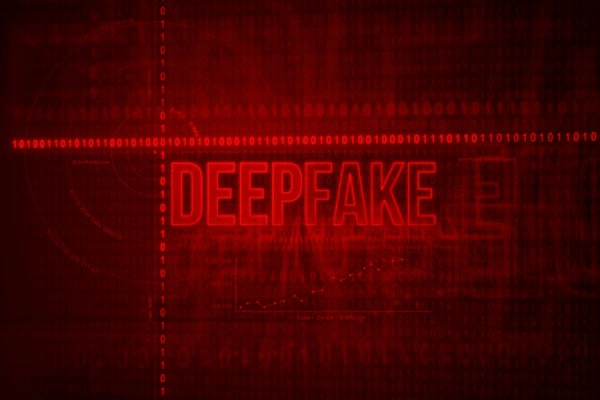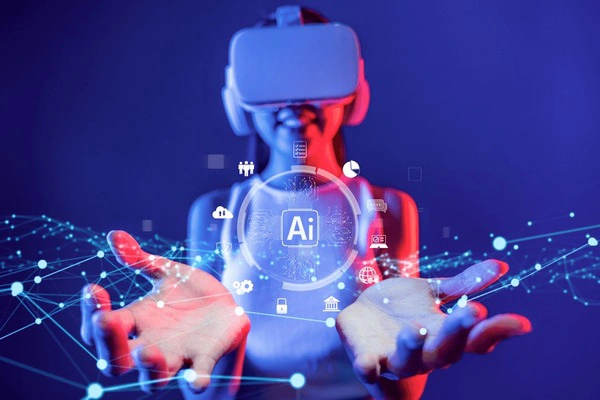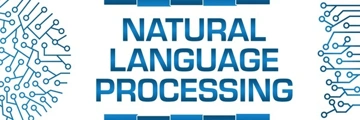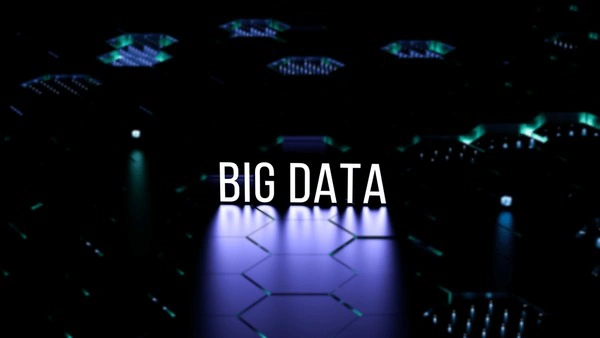
Deepfake Technology: Navigating the Ethical Landscape of Realistic Fake Media
Deepfake technology uses AI to create realistic fake media, posing ethical challenges. While it offers creative possibilities, it also risks misuse and misinformation. Balancing regulation and innovation is crucial as society adapts to this evolving technology.
Sophie Reed
29/11/2024 - 7 months ago

Understanding Deepfake Technology
In recent years, deepfake technology has captured the fascination and concern of people around the globe. With the help of advanced deep learning algorithms, it can create hyper-realistic fake media that often blurs the line between reality and fiction. This technology uses artificial intelligence to modify videos, images, and audio, making it nearly impossible to distinguish between real and fake content.
The term "deepfake" is derived from "deep learning," a branch of machine learning that deals with neural networks, and "fake," indicating the manipulated nature of the media. Deepfake technology works by analyzing countless images or audio samples and learning how to mimic the subject's appearance or voice. The result is a piece of media that looks or sounds authentic, even though it is entirely fabricated.
For many, the allure of deepfake technology lies in its potential for entertainment and creativity. Imagine being able to create a realistic video of yourself in a famous movie scene or hearing a long-gone singer perform a new song. However, the same capabilities that make deepfakes fascinating also pose serious ethical and societal challenges.
Ethical Concerns of Deepfakes
One of the most pressing ethical issues surrounding deepfakes is the potential for misuse. Because these fake media can be so convincing, they can be used to spread false information or damage reputations. For instance, a deepfake video could depict a public figure saying or doing something they never did, leading to public outrage or misinformation.
The use of deepfakes in creating non-consensual explicit content is another significant concern. This malicious use of technology can cause severe emotional and psychological harm to individuals, primarily when used to target women and other vulnerable groups. The violation of privacy and consent creates a need for strict regulations and awareness campaigns to combat such misuse.
Moreover, deepfakes challenge our ability to trust media content. As these technologies become more accessible, the risk of encountering fake media in our daily lives increases. This can lead to a general skepticism towards all media content, making it difficult for people to discern what is real and what is not.
Challenges in Regulation and Control
Regulating deepfake technology presents a complex challenge. On one hand, it is essential to protect individuals and society from potential harms. On the other, overly restrictive measures could stifle innovation and artistic expression. Finding a balance between these competing interests is a difficult task for policymakers worldwide.
Some countries have begun to introduce laws to address the use of deepfakes, focusing on criminalizing malicious intent, such as using deepfakes for harassment or election interference. However, enforcement remains a challenge due to the global and decentralized nature of the internet, where these media can easily cross borders.
In addition to legal measures, there is a growing call for the development of technological solutions to detect and label deepfakes. Researchers are working on algorithms that can identify deepfake content by analyzing inconsistencies or artifacts that humans might miss. These tools could help restore trust in digital media by providing viewers with verification of authenticity.
The Future of Deepfake Technology
Looking ahead, deepfake technology will likely continue to evolve and integrate into various aspects of our lives. As AI technology advances, deepfakes could become even more convincing and harder to detect. This raises questions about how society will adapt and find ways to coexist with such powerful tools.
On a positive note, deepfake technology holds potential for beneficial applications, such as in the fields of education, entertainment, and accessibility. Imagine teachers using deepfakes to create engaging educational content or filmmakers bringing historical figures to life in documentaries. These possibilities highlight the need for responsible and ethical use of the technology.
Ultimately, the future of deepfake technology will depend on how society chooses to navigate its challenges. By fostering an environment of open dialogue, continued research, and thoughtful regulation, we can harness the creative power of deepfakes while minimizing their potential harms. As with any technology, the key lies in ensuring that it serves to enhance human life rather than detract from it.


















